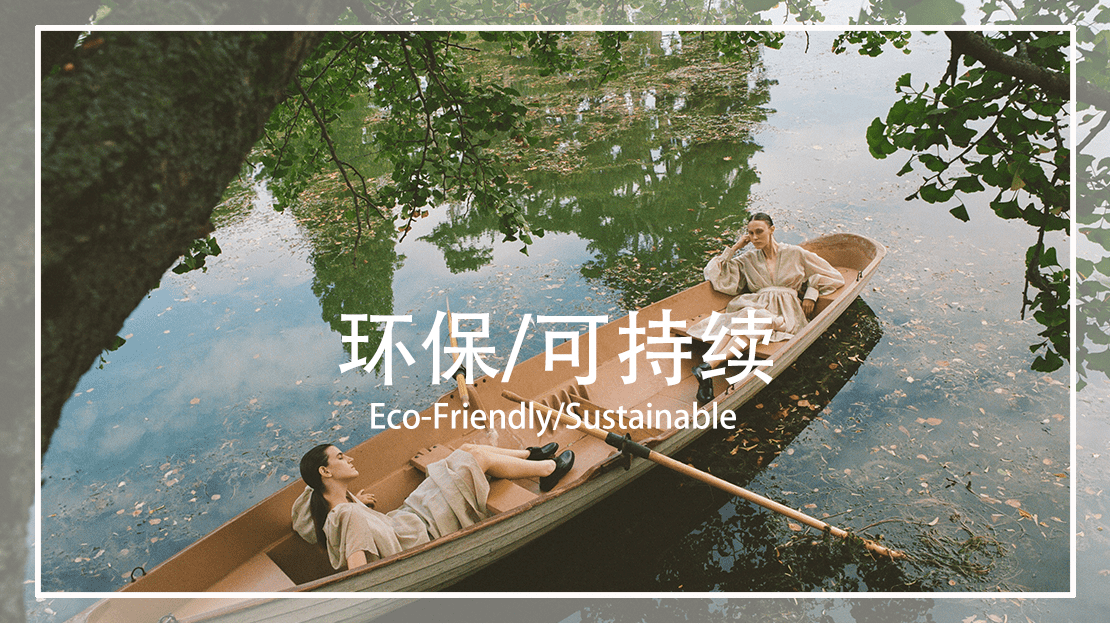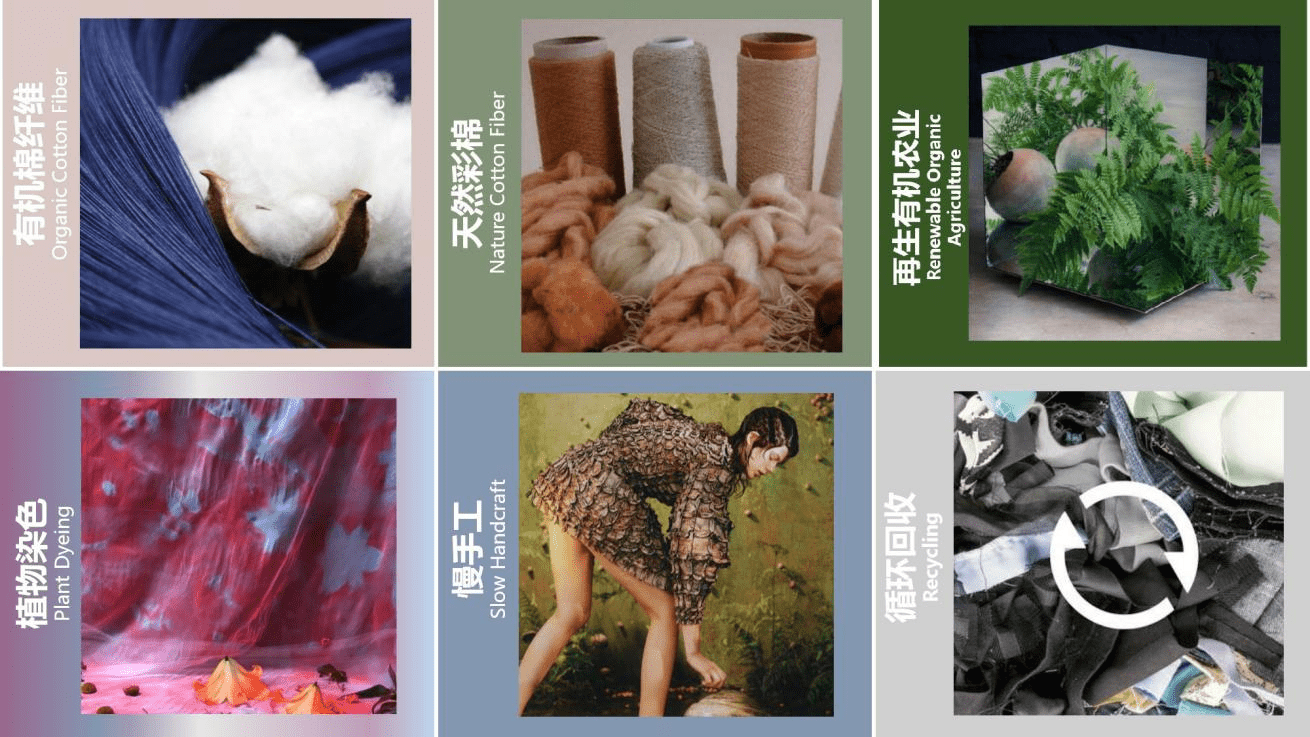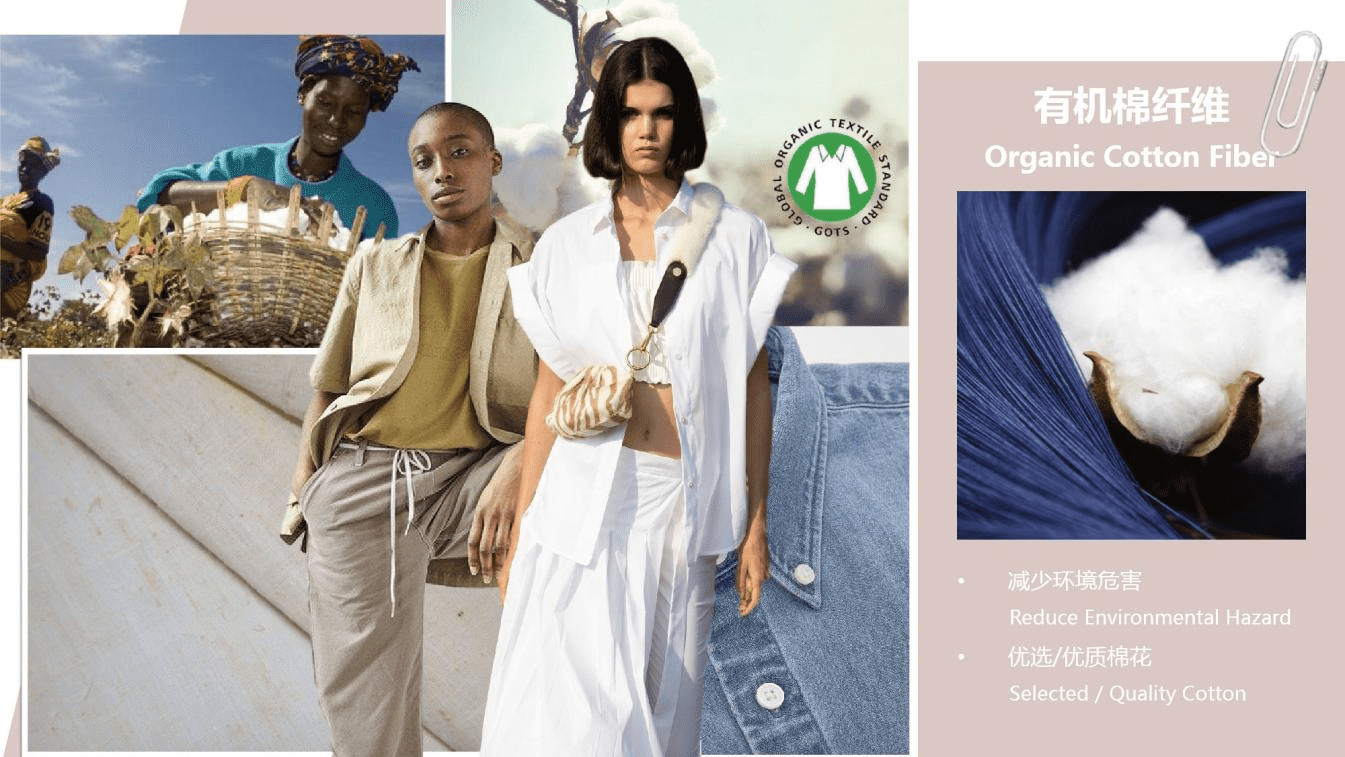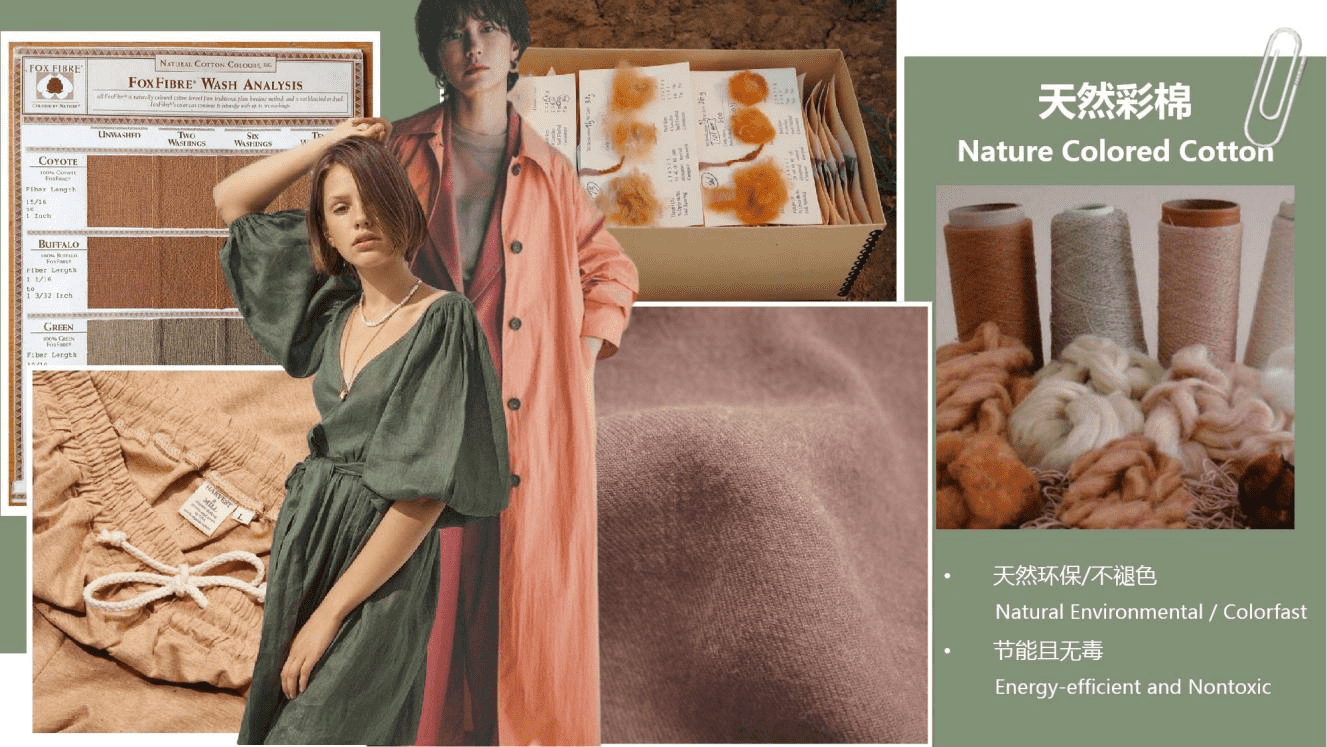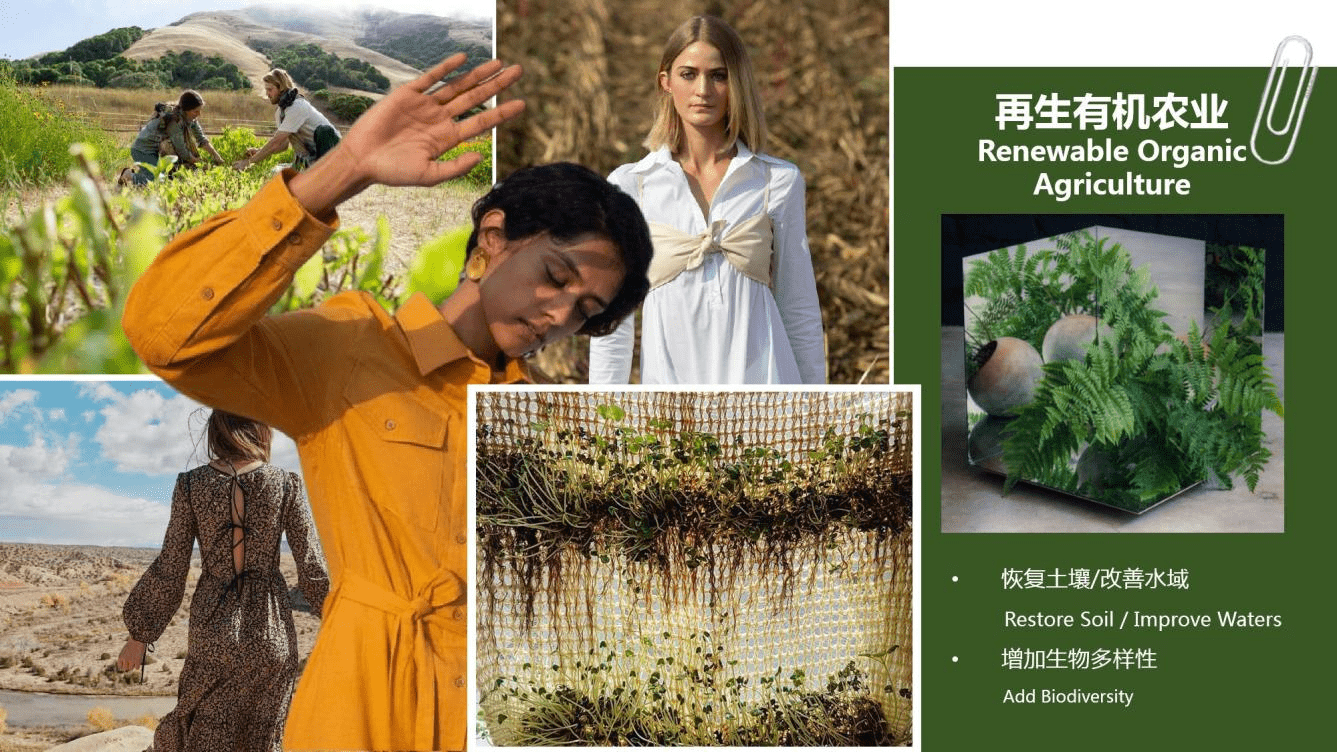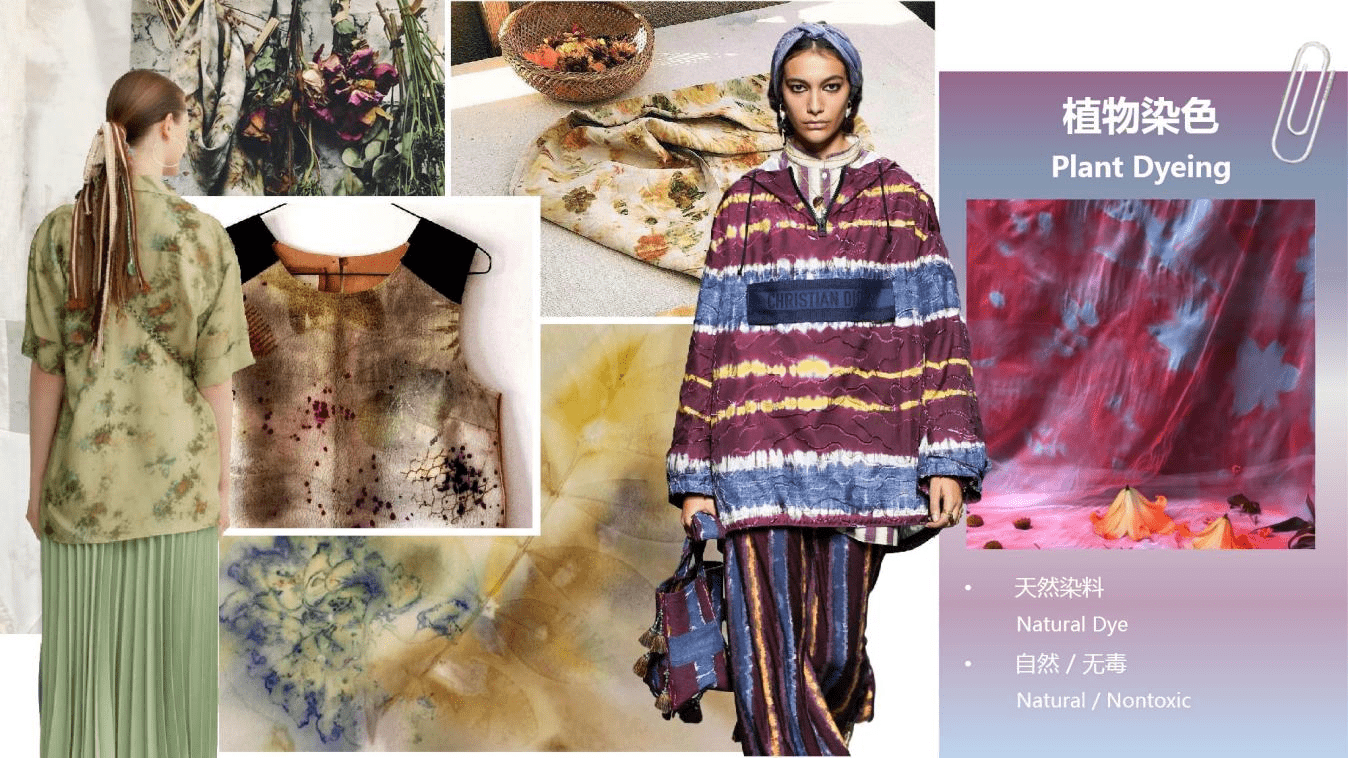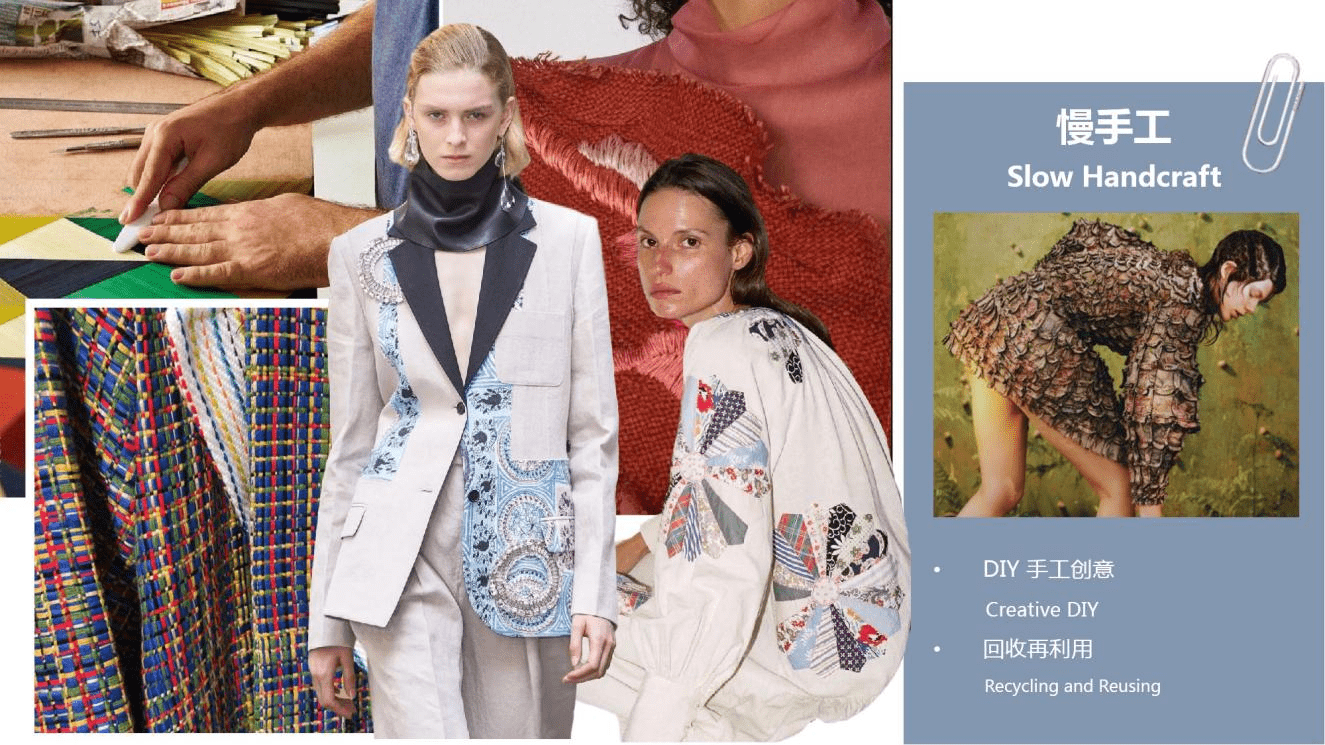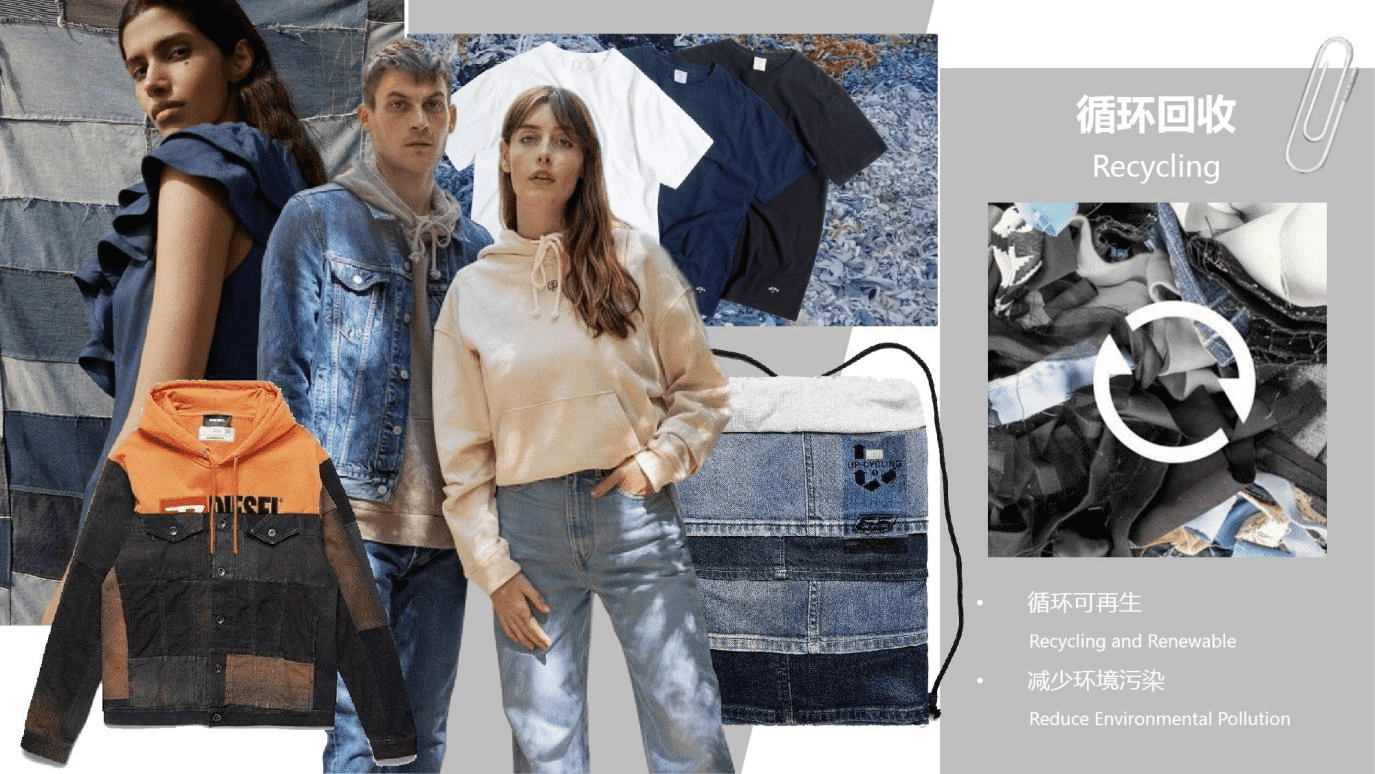Although the new crown epidemic has caused some social unrest, the concept of environmental protection is still the focus of consumers and brands. People’s understanding of how the earth’s environment affects human health continues to deepen, and environmental protection is already a key factor considered by the public. For the fabric textile industry, how to put forward sustainable solutions from fiber to fashion, use natural fibers to reduce the impact on the environment, and realize a fully traceable recycling supply chain through digital technology. Will become the main development trend of the apparel industry in the future. Therefore, this theme will focus on organic cotton fiber, natural colored cotton, renewable organic agriculture, plant dyeing, slow handwork, recycling and other environmental protection concepts to create a beautiful green lifestyle. It will also be the most important development of the fabric textile industry in the next few years. Demand drivers.
Organic cotton fiber
Key concept: Organic cotton is a kind of pure natural and pollution-free cotton. In agricultural production, organic fertilizers, biological control of pests and diseases, and natural farming management are mainly used. Chemical products are not allowed, and pollution-free is required in the production and spinning process. ; It has the characteristics of ecology, green and environmental protection. A survey shows that organic planting halves the impact of cotton on the environment, thereby helping to improve biodiversity and soil health, and reduce toxic chemicals. Brands such as H&M and Uniqlo have invested in organic cotton plans to meet consumer demand “the initiative of optimizing cotton.” Therefore, organic cotton fibers have joined the sustainable textile partnership.
Process & Fiber: Organic cotton fiber is grown in a purely natural way. The organic base must be located in an area where the atmosphere, water and soil are not polluted. The fabric woven from organic cotton has bright luster, soft hand feeling and excellent resilience; it has unique antibacterial and deodorant properties; it relieves allergic symptoms and is more conducive to skin care. It is used in summer and makes people feel particularly cool and relaxed.
Application suggestion: Organic cotton fiber is suitable for natural fabrics such as cotton, linen, silk, etc., and can be applied to diversified scene requirements. Applicable to the development of all kinds of comfortable, personal clothing products.
Natural colored cotton
Key concept: For a long time, people only knew that cotton was white. In fact, colored cotton already existed in nature. The color of this cotton is a biological characteristic, which is controlled by genetic genes and can be passed on to the next generation. Natural colored cotton is a new type of textile material that uses modern bioengineering technology to cultivate a new type of textile material that has natural colors when the cotton is spit out. Colored cotton products are conducive to human health; the reduction of printing and dyeing processes in the textile process caters to the “green revolution” slogan put forward by mankind, reduces environmental pollution, helps the country continue to maintain its status as a major exporter of textiles, and breaks the international “green trade”. Barriers”.
Process & Fiber: Compared with ordinary cotton, it is more drought-resistant, insect-resistant, water consumption and farmers’ input is low. Natural colored cotton fibers are shorter and more fragile than other organic cottons. The color varieties are very limited, some are relatively rare, and the yield is low. Natural colored cotton is pollution-free, energy-saving and non-toxic. The color of cotton presents undyed natural tan, red, green and brown. It does not fade and has certain resistance to sunlight.
Application suggestion: Natural colored organic fiber, suitable for the development of skin-friendly, environmentally friendly, non-dyeing apparel fabric products. Harvest&Mill brand, the basic style of organic colored cotton is grown, refined and sewn in the United States, and the limited edition cotton items are in short supply.
Renewable organic agriculture
Key concept: Organic farm mainly refers to the cultivation of fruits and vegetables without the participation of chemicals, with scientific management as the standard and natural green as the concept. This action can restore soil, protect animals, improve waters and increase biodiversity. Organic agricultural products are internationally recognized high-quality, non-polluting and environmentally friendly products. Therefore, organic agriculture is developed to improve the competitiveness of my country’s agricultural products in the international market, increase rural employment, farmers’ income, and improve agricultural production.
Crafts & Fibers: Patagonia, a pioneer in renewable agriculture, through its ROC program, conducts natural and harmonious fiber and food collection, and cooperates with more than 150 farms in India to supply organic fiber fabrics for clothing. Establish a renewable textile system based on land management.
Application suggestion: Oshadi implements the “From Seed to Sewing” plan, which aims to rebuild to optimize the cultivation of cotton and natural dye plants. The first batch of collaboration dresses will be available online and offline soon. The Rooted Collection of the Wrangler brand is the first series to associate the countryside with the product. Jeans and T-shirts are marked with the name of the cotton farm.
Plant dyeing
Key concept: Plant dyeing refers to a method of using various plants containing pigments that grow naturally in nature to extract pigments to dye the dyed objects. The main sources of plant colors are turmeric, madder, rose, nettle, eucalyptus, and yellow flowers.
Process & Fiber: The pigments of plant dyes are commonly found in plants and are refined through technical processes, and are colored substances that are durable and non-fading. The use of plant dyeing can not only reduce the harm of dyes to the human body and make full use of natural renewable resources, but also greatly reduce the toxicity of dyeing wastewater, which is conducive to reducing the burden of sewage treatment and protecting the environment.
Application suggestion: Plant dyeing has good affinity for natural fibers. The color spectrum is complete on the silk, the color is bright, and the fastness is good. Secondly, cotton fiber, wool fiber, bamboo fiber and modal are more suitable; it is also effective for some recycled fibers. Suitable for ready-to-wear and infant clothing and its supplies, underwear, home wear, sportswear, home textile products, etc.
Slow hand
Key concept: With the uncertainty of the international economic situation, the second-hand resale market and DIY craftsmanship are booming, and the application of the zero waste concept that demonstrates the spirit of freedom is born, echoing the theme of craftsmanship and slow fashion. Deeply sought after by consumers.
Crafts & Fibers: By using existing stock fabrics, items and environmentally friendly materials to give play to new inspirations, weaving, embroidery, sewing and other craftsmanship are used to create a new casual and retro hand-woven style.
Application suggestion: The product is suitable for making handicraft accessories, bags, clothing and household products.
Recycling
Key concept: According to surveys, 73% of garments in the world end up in landfills, less than 15% are recycled and 1% are used for new garments. At present, most cotton is recycled by machinery, sorted by color, chopped into virgin fiber and dyed into new yarn. There is also a small part of the method of chemical conversion of cotton to help it realize the cycle. This can reduce the environmental impact of virgin cotton planting, reducing deforestation, water waste and carbon dioxide production.
Process & Fiber: The recycled textile upgrading and recycling system can recycle a large amount of industrial cotton waste from global brands and retailers, through manual and laser classification, and convert it into a compliant reuse yarn material.
Application suggestion: Recycling has the potential to expand in the short term, and textile label innovation supports traceability and recycling. The product is suitable for knitting, sweater, denim and other styles.
Post time: Apr-29-2021

